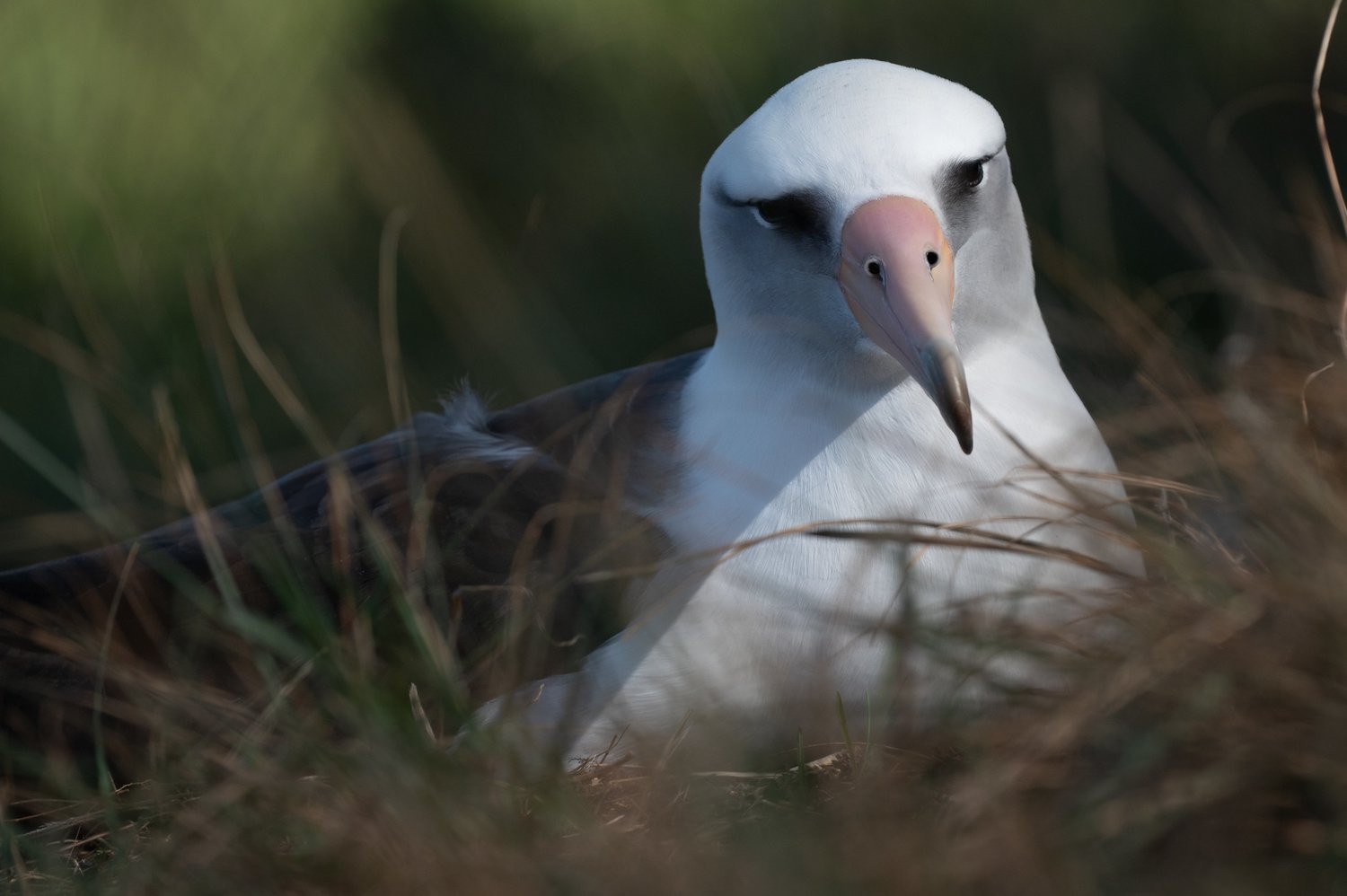📷 Mōlī, Laysan Albatross at Kīlauea Point National Wildlife Refuge, HI | Laurel Smith/USFWS
The National Wildlife Refuge System stands as a stronghold for biodiversity and Nature-based Solutions supporting climate resiliency and conserving the delicate balance of nature. However, the ongoing challenge of funding through continuing resolutions poses a significant threat to the thriving wildlife that calls these national wildlife refuges home.
Continuing resolutions, short-term funding measures that temporarily extend budgetary allocations, seem like a practical solution for keeping the government running. Still, for the Refuge System, they represent a perilous journey into uncertainty.
Disrupted Conservation Initiatives
Continuing resolutions disrupt the continuity of conservation initiatives on national wildlife refuge lands, as they prohibit new project starts. These crucial projects, aimed at restoring habitats, managing invasive species, ensuring climate resiliency, and ensuring the well-being of wildlife and public access to outdoor recreation, are hindered by the lack of stable, long-term funding.
Compromised Habitat Management
The heart of national wildlife refuge conservation lies in effective habitat management and Nature-based Solutions. Each habitat requires sustained attention, from vast wetlands to sprawling prairies. Continuing resolutions, by their nature of short-term funding, limit the capacity to engage in comprehensive habitat management and prohibit starting new restoration projects, leading to potential degradation and lost opportunity to expand outdoor recreation.
Impacts On Wildlife Monitoring & Research
Understanding wildlife populations, their behaviors, and the intricate dynamics of ecosystems demands consistent monitoring and research efforts. The uncertainty brought about by continuing resolutions can disrupt these essential activities and prohibit starting new work, leaving gaps in knowledge that are crucial for informed conservation decisions.
Understaffing Woes
Adequate staffing is fundamental for the effective management of national wildlife refuges. However, the stop-and-start nature of continuing resolutions and reductions in appropriations result in recruitment freezes, delayed hiring processes, and staff reductions to an already taxed Refuge System. This understaffing leaves refuges more vulnerable to threats such as illegal activities, habitat degradation, and invasive species, as well as limiting capacity to host youth education and all outdoor recreation opportunities.
Delayed Infrastructure Maintenance
The Refuge System encompasses an extensive network of infrastructure, from trails and visitor centers to research facilities. Continuing resolutions do not allow for planned deferred maintenance projects to begin planning, design, or construction, compromising the visitor safety and experience and the overall functionality of national wildlife refuges.
Fragile Wildlife Populations
Wildlife populations, especially those of endangered and threatened species, require consistent efforts for their protection and recovery. The uncertainty of funding and lack of ability to start new projects under continuing resolutions jeopardizes these efforts, putting fragile populations at a heightened risk.
Advocating for stable, long-term funding for the National Wildlife Refuge System is crucial to address these challenges. Adequate and consistent financial support enables the development and execution of comprehensive conservation plans, habitat restoration, habitat-supporting infrastructure rehabilitation, and Nature-based Solutions that ensure the well-being of wildlife and the habitats they depend on.
As caretakers of our natural world, we all have an equally important role to play in sustaining the environment that we rely on and cherish. The National Wildlife Refuge Association works actively towards ensuring that the National Wildlife Refuge System receives stable and adequate funding. Together with our supporters, we work tirelessly in our advocacy efforts to guarantee that essential conservation initiatives, habitat management, wildlife monitoring, staffing needs, infrastructure maintenance, climate resiliency and protection of vulnerable populations, and education and outdoor recreation access receive the continuous support required.


